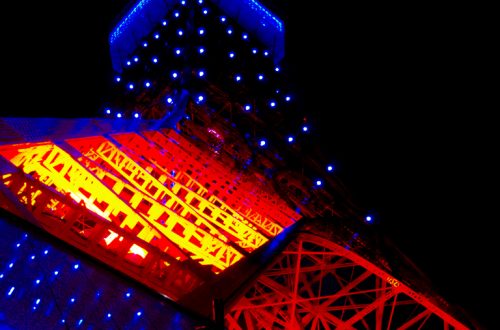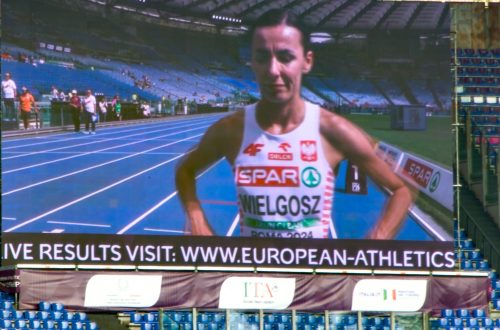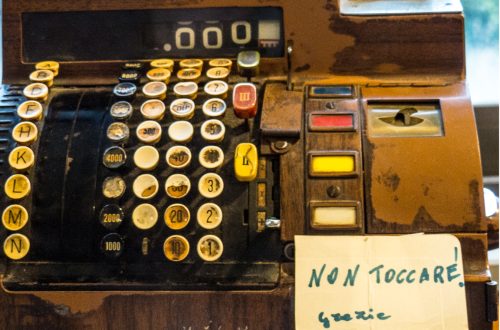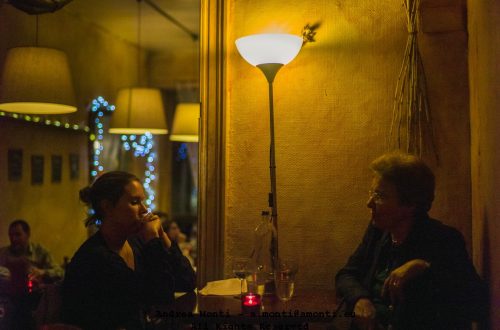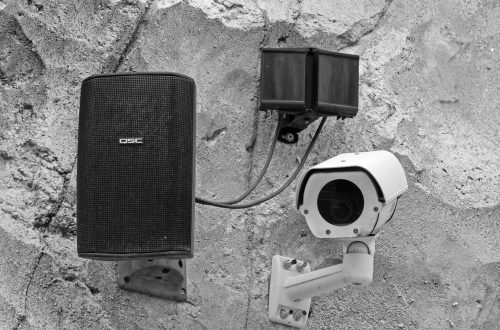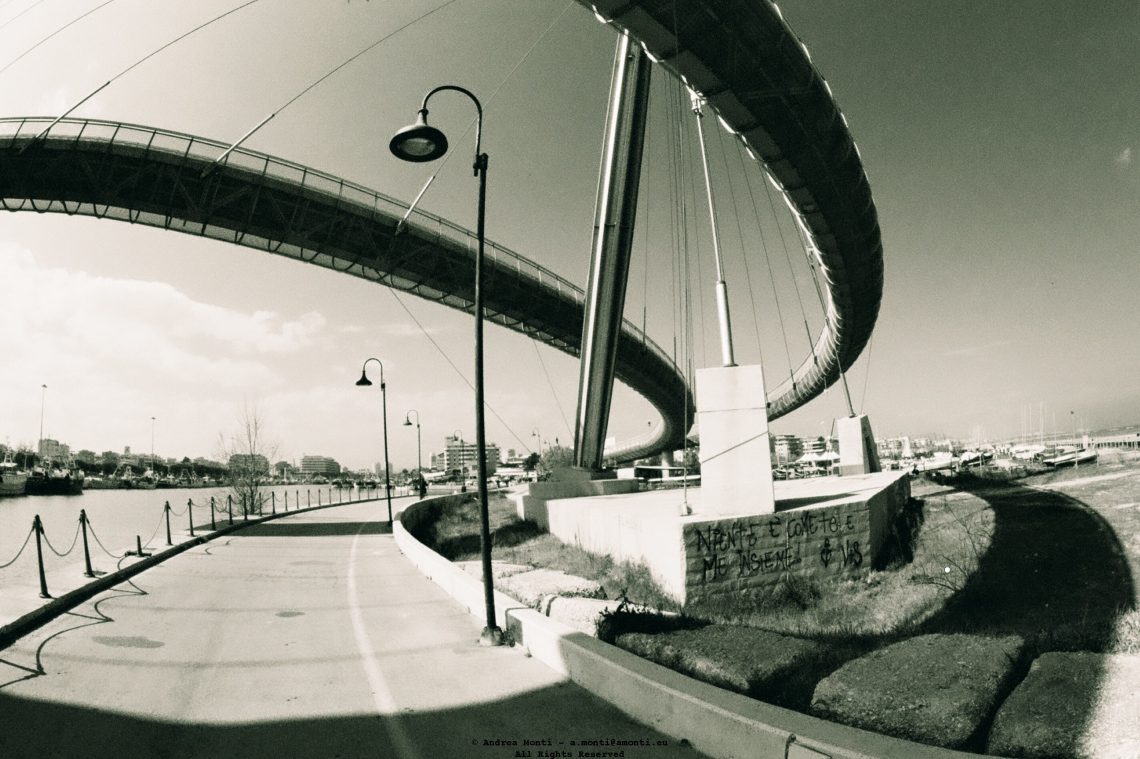-
Nikkor 16mm Fisheye – Three Ways to Make use of Such a Lens
For me, a fisheye is the most challenging lens to use. Unlike other ‘normal’ focal lengths, a fisheye has an inherent deformation of reality. As a result, it is often used to create images with an unreal rendering, reminiscent of M.C. Escher’s self-portrait looking into a transparent globe.However, as happened in music with the advent of digital processors and effects, it is very easy – at least it was for me – to fall into the trap of focusing on the form rather than the message. In other words, as soon as a ‘weird’ looking photo is achieved, that was enough. Just like playing electric guitar back in the days,…
-
5 frames with the (much awaited) Ferrania P33, a Nikon F3 and a Nikkor 50 F2
I managed to grab a few rolls of the very first batch of Ferrania’s brand new P33 film, so I wasted no time in putting it to work with a Nikon F3 and the glorious Nikkor 50 f2. I won’t go into the technical details of this film, firstly because I can’t claim to be an authority on the subject, and secondly because Ferrania’s website has plenty of information. There is only one thing to know: the canister is not DX-coded, so shooting is only possible in full manual mode. This may change in the future, but for now this is the state of the art. Finally, a transparency note:…
-
Coats
Getting rid of film noise is a recurring necessity when shooting film at (relatively) high ISO.In this photo the negative was digitised using a Pentax K-1 Mark I and a Pentax FA 100/2,8 Macro. Then, before inverting the curves to make a positive, it was fed into DxO PureRaw3 (by the way, it properly recognized the camera and lens). Finally, in Affinity Photo Develop Persona’s Details tab, once the curves were inverted, it was necessary to tweak the Noise Reduction options by setting Luminance to 50% and Luminance Details to 0.
-
Game Over
Photographs like Game Over remind me that sometimes the most direct visual statements are also the most loaded. Here, a simple, hastily spray-painted message on a makeshift surface is transformed into something more imposing by lens choice and framing. Shot on a Nikon F3 with a Nikkor 16mm fisheye, the image carries the unmistakable spatial distortion of that ultra-wide glass. The curvature of the edges pushes the wall and banner into a bowed shape, making the words bulge towards the viewer. It’s a subtle but effective way of amplifying the sense of confrontation—as though the message is leaning into us, impossible to ignore. Technically, the black-and-white treatment strips away distraction…
-
Bent
Shot with a Nikon F3 and a 16mm fisheye, this isn’t your typical curved-sky, skateboard-in-midair kind of photo. Instead of pushing the distortion to the front of the image, I let it sneak in at the edges—just enough to bend the rules. The subject is ordinary: a coastal bridge, a pedestrian path, the usual lampposts lining a curve. But the lens pulls the whole scene inward, gives it weight and sweep, turns a flat space into something that stretches, leans, folds in on itself. I like using fisheye glass this way—not as a gimmick, not for laughs, but to see how geometry shifts when you force perspective without centring it.…

